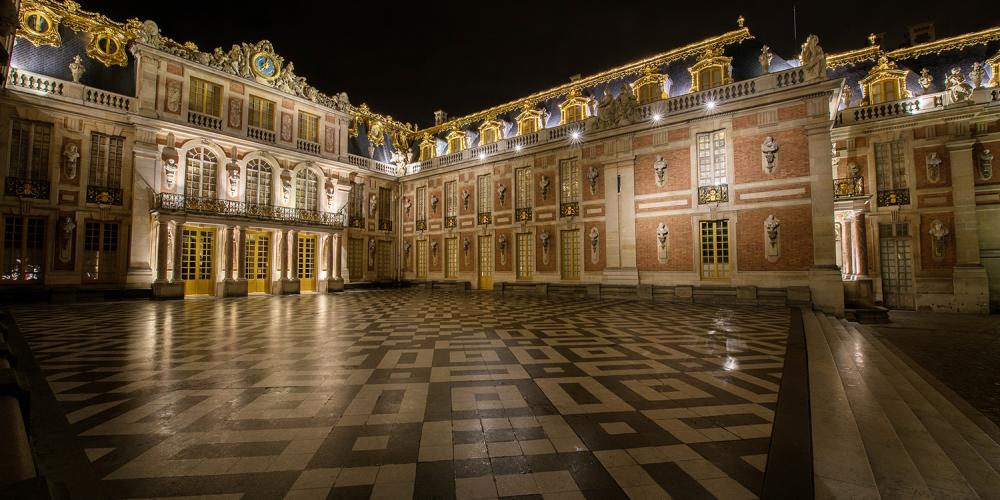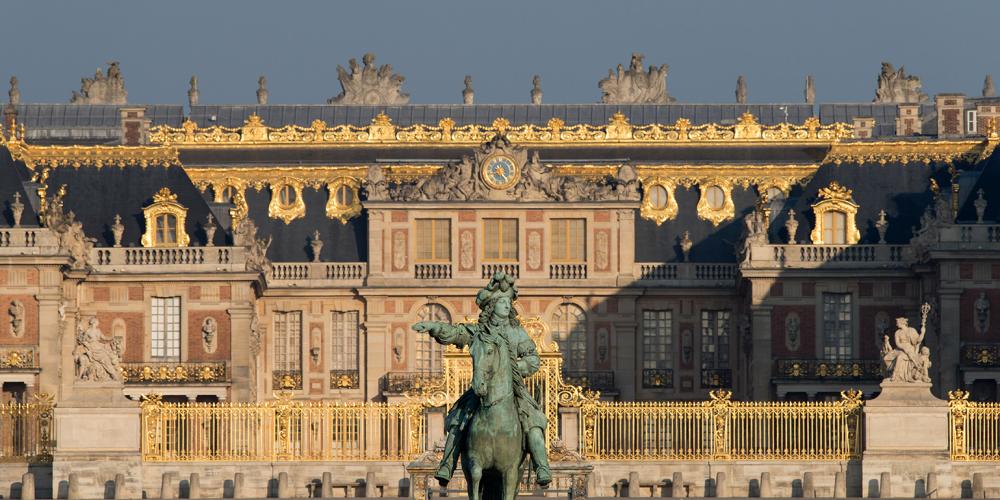Palace of Versailles

In 1607, the future Louis XIII discovered a forest and meadows with plenty of game, which also pleased his father, Henry IV. Crowned king in 1610, he next came in 1621, and his liking for the location only grew stronger. Louis XIII ordered the construction of a hunting lodge to enable him to spend several days in this great hunting location.
However, it was his son, Louis XIV, who decided to extend the original pavilion beyond the chateau that had grown out of the hunting lodge of brick and stone first built by his father. The King, who could see great things for the chateau and the forests around it, took on the role of architect himself, and built a masterpiece with which he would forever be associated. Louis XIV also installed the Court at Versailles and made it the capital of France.
Following the death of Louis XIV in September 1715, the Court abandoned Versailles. The palace entered a long period of neglect. It was not until 1722 that, at his own request, the twelve-years-old Louis XV returned to Versailles. His first concern was to complete the work of his great-grandfather, but he also set out to create more intimate and private spaces in which to perfect his knowledge. During his reign, the Palace underwent major work both inside and outside, including full refurbishment of his apartments, demolition of the Ambassadors’ Staircase, and construction of the large theatre, the Royal Opera House, which had been started by Louis XIV.
In 1789, the French Revolution forced Louis XVI to leave Versailles for Paris. The Palace would never again be a royal residence and a new role was assigned to it in the 19th century, when it became the Museum of the History of France in 1837 by order of King Louis-Philippe, who came to the throne in 1830. The rooms of the Palace were then devoted to housing new collections of paintings and sculptures representing great figures and important events that had marked the History of France. These collections continued to be expanded until the early 20th century at which time, under the influence of its most eminent curator, Pierre de Nolhac, the Palace rediscovered its historical role when the whole central part was restored to the appearance it had had as a royal residence during the Ancien Régime.



